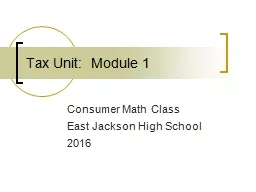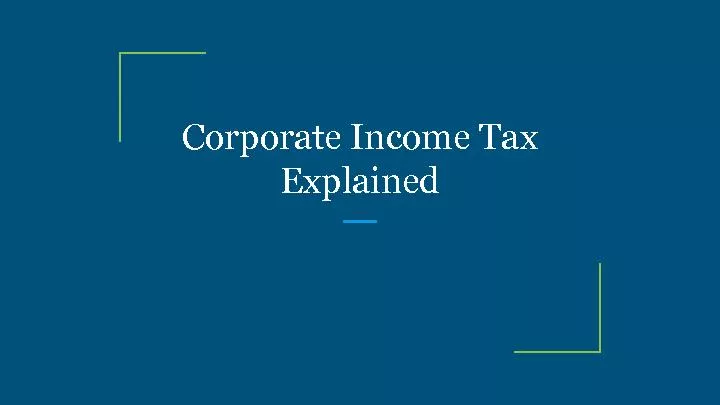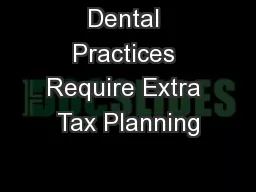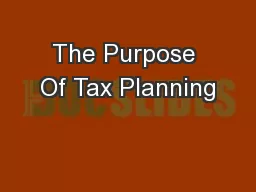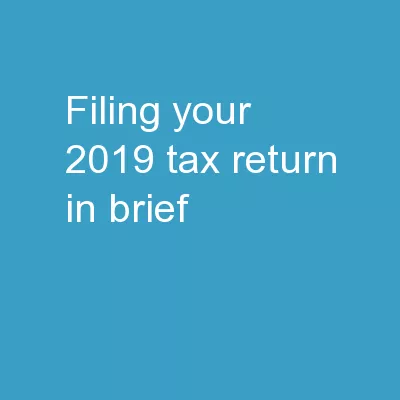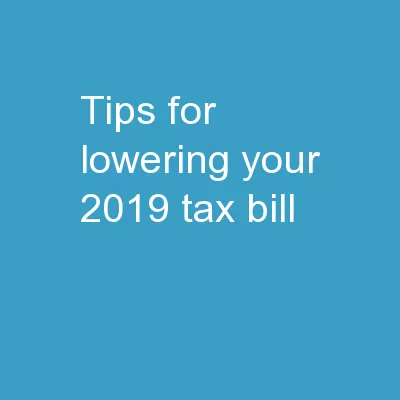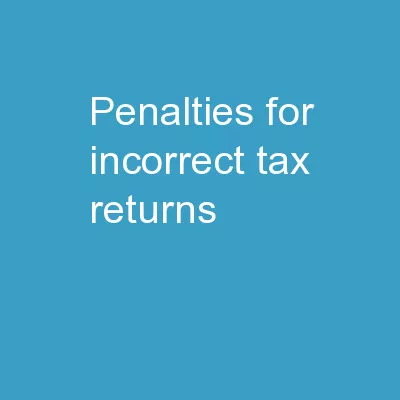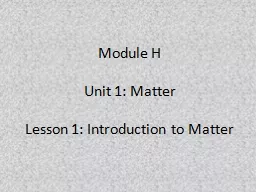PPT-Tax Unit: Module 1
Author : sherrill-nordquist | Published Date : 2017-01-30
Consumer Math Class East Jackson High School 2016 Module 1 Payroll Taxes and Federal Income Tax Withholding Introduction Payroll taxes include the Social Security
Presentation Embed Code
Download Presentation
Download Presentation The PPT/PDF document "Tax Unit: Module 1" is the property of its rightful owner. Permission is granted to download and print the materials on this website for personal, non-commercial use only, and to display it on your personal computer provided you do not modify the materials and that you retain all copyright notices contained in the materials. By downloading content from our website, you accept the terms of this agreement.
Tax Unit: Module 1: Transcript
Download Rules Of Document
"Tax Unit: Module 1"The content belongs to its owner. You may download and print it for personal use, without modification, and keep all copyright notices. By downloading, you agree to these terms.
Related Documents

